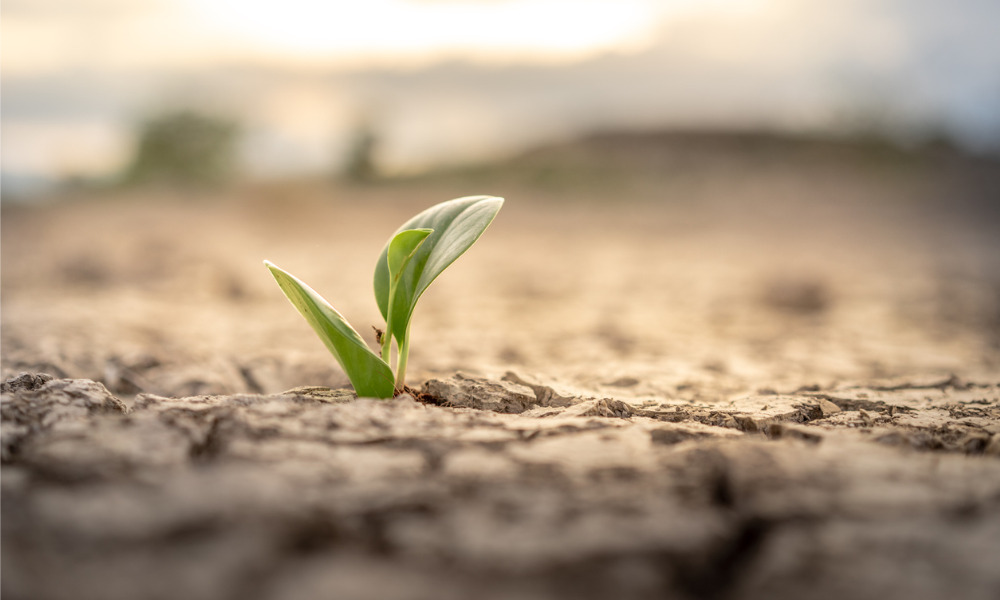Policy expert highlights factors putting country's long-term growth potential at risk

The COVID-19 pandemic crisis has left the Canadian economy deeply scarred, and it will take time and policymakers’ attention to help the country recover its long-term growth potential.
That was the word from Glen Hodgson, senior fellow at the C.D. Howe Institute, in a recent commentary.
“The unemployment rate exploded from 6 per cent to nearly 14 per cent during the March to May shutdown [due to COVID in 2020],” Hodgson said. While many displaced workers have since been reinstated, unemployment in December was still 8.6%, nearly 50% higher than its pre-pandemic level.
Long-term unemployment, he noted, has swelled to represent more than a quarter of those unemployed. Under-employment is likewise a problem, as the most recent StatsCan data show one in six people who make up the potential labour force either are employed but working less than half their usual hours, are unemployed, or want a job but are not looking for one.
While economic output has been on a steady climb since its deep contraction during the shutdown period, private forecasters project that 2020 GDP will shrink by 5.8%, with 4.8% real GDP growth estimated in 2021.
In a recent poll of economists conducted by Reuters, the consensus estimate for 2021 GDP growth was even softer at 4.4%. The unemployment rate, meanwhile, was expected to slowly settle to 7% and 6.2% by end-2021 and end-2022, respectively, which would still leave it above the pre-pandemic level of roughly 5.5%
“Perhaps the most serious indicator of damage is the estimated drop in long-term growth performance for the Canadian economy, which economists call ‘potential,’” Hodgson said. Compared to pre-pandemic estimates, he said long-term growth potential has declined by roughly half to just 1.4% real growth annually. “Long-term annual growth that is half a percentage point lower than before the pandemic increases the odds of an eventual tax increase to fund policy priorities and manage public debt.”
While Canada’s long-term annual growth potential can be lifted back up toward two per cent, he said it will require an active reversal in the labour market and investment trends over the past year. The investment gap can only be partly addressed through stronger public-sector investment in infrastructure. Investment in maintenance of the existing capital base will recover somewhat alongside the economy’s gradual recovery, Hodgson said; efforts to invest in energy production, distribution, and use with low to no greenhouse gas emissions, as well as the transition challenges confronting the oil and gas sector, will be critical.
He recommended several key policy priorities to help Canada through its rocky recovery, including:
- Minimizing labour market scarring;
- Creating the best investment climate possible, with an eye toward a clean-energy transition;
- Maintaining international business tax competitiveness; and
- Improving the overall competitive and regulatory environment without sacrificing health, safety, and other standards.



